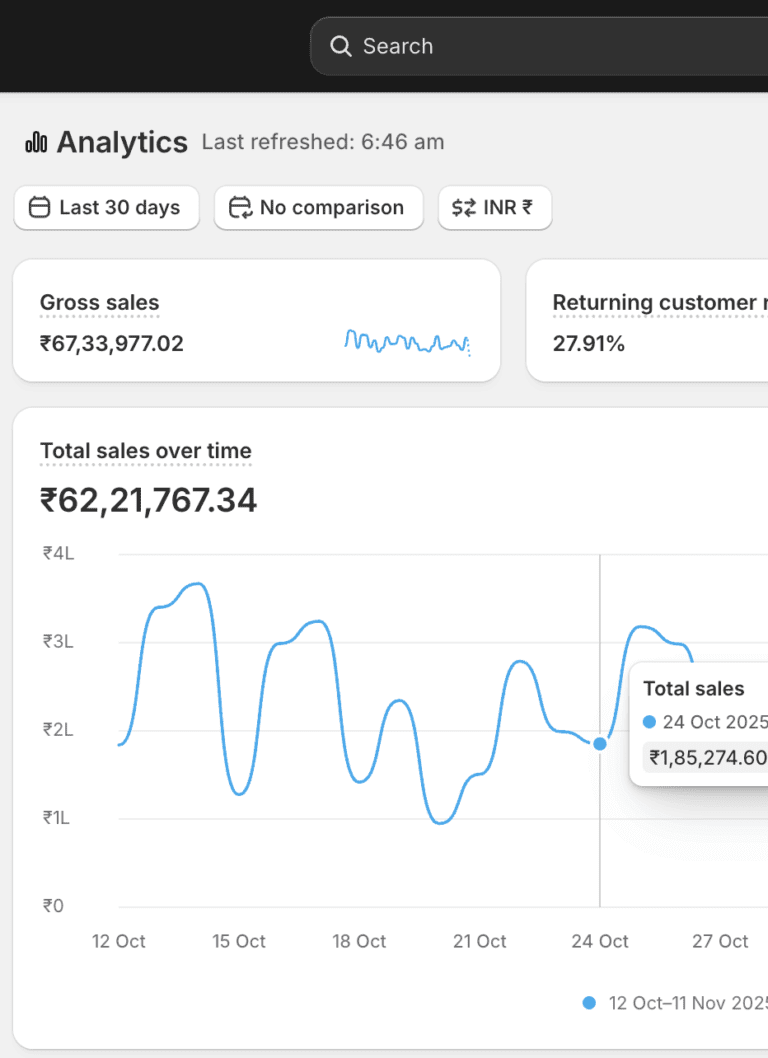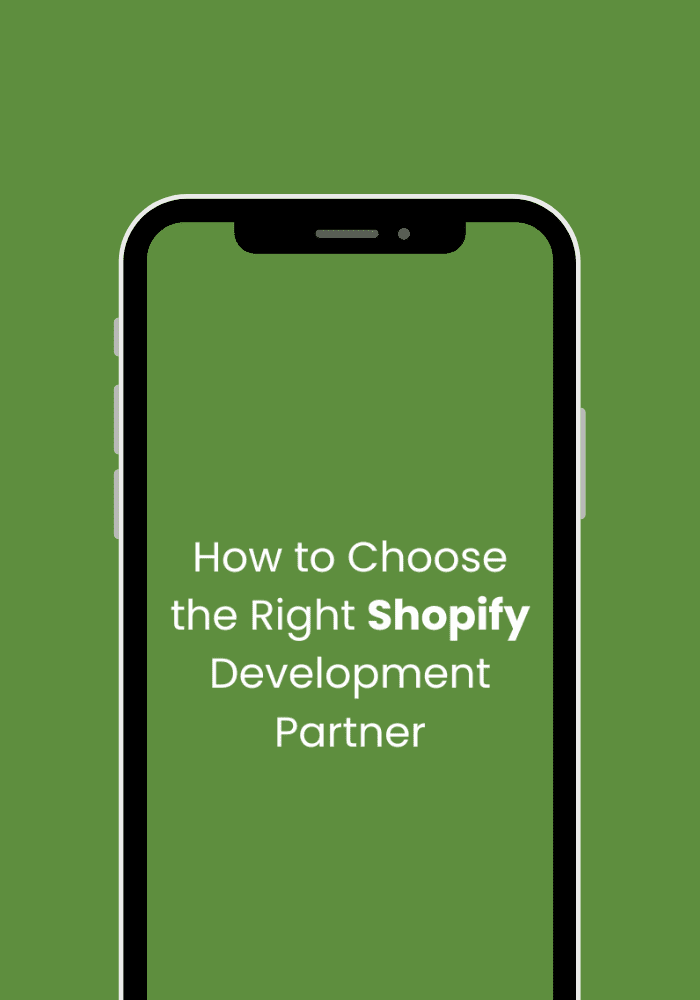Introduction: The Defining Moment for Every D2C Brand
Every direct-to-consumer (D2C) brand dreams of that first moment of traction — when your Shopify store starts seeing orders from real customers, not just friends or family. The first 100 customers are more than just numbers. They’re proof that your product resonates, your positioning works, and your brand has a future. Getting there, however, isn’t luck. It’s a careful blend of data, storytelling, and relentless iteration.
In today’s competitive D2C landscape, acquiring your first 100 buyers requires more than a good product. You need a clear strategy that covers everything from brand identity to channel selection, customer experience, and trust-building.
At WebzPlot, we’ve helped early-stage brands grow from concept to conversion. This guide breaks down the process step by step — practical, actionable, and designed for real-world execution.
1. Nail Your Product-Market Fit Before Launch
Before you start spending on ads or influencers, ensure your product solves a genuine need. Successful D2C marketing starts with clarity about who your product is for and why they should care.
Ask yourself:
- What problem does my product solve emotionally and functionally?
- Who is my ideal customer profile (age, gender, lifestyle, motivation)?
- What are they currently buying instead — and how is my offer better?
Develop a tight positioning statement that captures your unique edge. This will inform every element — from ad copy to packaging. Early-stage brands that skip this step often struggle to scale beyond friends-and-family sales.
2. Build a Shopify Store Optimized for Conversion
Once your product is validated, your online storefront becomes your engine of growth. A great product can fail if your store doesn’t convert.
A conversion-optimized Shopify D2C store includes:
- Fast, mobile-first design
- Strong visual hierarchy with clear call-to-actions
- Trust-building elements (reviews, UGC, guarantees)
- Seamless checkout flow
- Upsells and bundles that boost average order value
Partnering with WebzPlot’s Shopify experts ensures your site isn’t just beautiful — it’s engineered for performance. Every pixel should build trust and reduce friction.
3. Craft a Pre-Launch Buzz Strategy
Your first 100 customers often come from your launch energy. Don’t wait until you go live to start building your audience.
Create anticipation weeks in advance:
- Tease your launch story on Instagram, LinkedIn, and community forums.
- Build an email waitlist with incentives (early access, discounts, exclusive kits).
- Collaborate with micro-influencers to build curiosity.
- Host a giveaway or early-bird event to drive sign-ups.
A solid pre-launch strategy warms up leads so that when your store goes live, your audience is already primed to purchase.
4. Leverage Organic Social to Build Trust and Storytelling
Social media remains the heart of D2C growth. Your early customers want to connect with your story as much as your product.
- Share behind-the-scenes moments: packaging day, first orders, customer messages.
- Use Reels and TikToks to show transformation — not just the product.
- Create educational or entertaining content that builds your brand voice.
- Focus on consistency over virality.
Your brand narrative should make buyers feel like part of something new. The more human your content feels, the more likely early adopters are to engage.
5. Tap Into Niche Communities and Forums
Your first 100 customers might not come from big ads — they often come from niche conversations.
Find where your target audience already hangs out: Reddit, Discord groups, Facebook communities, subcultures on Instagram, or Slack channels.
Engage authentically:
- Don’t pitch immediately. Add value to discussions first.
- Offer advice, answer questions, and subtly mention your product when relevant.
- Partner with community admins or thought leaders for shout-outs.
Community trust compounds faster than ad spend — and these customers often become your loudest advocates.
6. Start Small with Paid Ads
Once your organic channels generate engagement, amplify what works using paid ads.
For D2C startups, you don’t need massive budgets. Start with data-driven testing:
- Run small campaigns on Meta (Facebook + Instagram) focused on conversion events.
- Use retargeting to bring back engaged visitors.
- Test 3–5 creative angles based on your top-performing organic content.
- Track CAC (customer acquisition cost) and ROAS from day one.
A well-structured paid strategy turns engagement into actual sales and helps you understand your most profitable audiences.
7. Use Influencer Marketing Strategically
Micro-influencers are gold for early traction. Instead of big-budget endorsements, work with creators who genuinely align with your product.
When selecting influencers:
- Look for 5K–25K follower creators with high engagement.
- Offer affiliate or ambassador deals instead of flat fees.
- Prioritize content quality and authenticity over reach.
Ask them to demonstrate your product in real-life scenarios — not just hold it. Authenticity wins.
Use influencer content across your Shopify store, email, and ads to extend ROI.
8. Collect Social Proof from Day One
Nothing builds trust like customer reviews.
Even if you only have 10 buyers, ask for testimonials, photos, or videos. Incentivize feedback through discounts or loyalty points.
Display reviews prominently on:
- Product pages
- Home page highlights
- Checkout reassurance banners
User-generated content not only validates your brand but also drives higher conversion rates organically.
9. Retain and Re-Engage Your Early Customers
The smartest D2C brands don’t just chase new customers — they nurture existing ones.
Use post-purchase strategies:
- Personalized thank-you emails
- Exclusive product drops for early buyers
- Referral codes that reward both giver and receiver
- Feedback loops that make customers feel valued
A single delighted customer can bring in 5 more through word-of-mouth. Building relationships now makes scaling later easier and cheaper.
10. Build Partnerships and Collaborations
Team up with non-competing brands targeting a similar audience.
Example: a D2C protein brand collaborating with a fitness apparel label on a joint bundle.
Partnership benefits:
- Shared audience exposure
- Mutual content amplification
- Lower acquisition cost per customer
These collaborations build credibility fast — especially in your early stage.
11. Track Data and Learn Constantly
Data is your compass. Use analytics to understand what’s driving traffic and conversions.
Monitor:
- Traffic sources (organic, paid, referral)
- Conversion rate per channel
- Abandoned cart data
- Customer lifetime value (CLV)
Tools like GA4, Shopify Analytics, and post-purchase surveys help you iterate intelligently.
12. The Power of Story-Driven Email Marketing
Email is often overlooked, but it can be one of the strongest growth channels for new D2C brands.
Set up flows like:
- Welcome series
- Abandoned cart reminders
- Post-purchase follow-ups
- Win-back campaigns
Share stories, not just promotions. Highlight customer journeys, sustainability values, or production transparency.
Emails are intimate — they help you build repeat trust without relying on algorithms.
13. Upgrade When Ready: Shopify Plus for Scale
Once you start seeing traction, your tech stack should evolve with you.
Shopify Plus offers advanced checkout customization, automation, and scalability for high-growth D2C brands.
Migrating from Shopify to Shopify Plus allows you to handle volume efficiently without downtime or performance bottlenecks.
At WebzPlot, we specialize in seamless Shopify Plus migrations that future-proof your growth.
14. Case Example: Turning 10 Orders into 100
Let’s visualize a simple growth loop:
Awareness → Purchase → Review → Referral → New Customer
Each happy buyer becomes a micro-influencer through word-of-mouth, reviews, or UGC. By rewarding that behavior, you create exponential organic growth.
This loop is how many successful D2C brands — from niche beauty to gourmet snacks — built traction with minimal ad spend.
15. Stay Customer-Obsessed
The brands that break through the noise obsess over customers, not competitors. Every touchpoint — packaging, response time, or social post — reinforces trust.
Your first 100 customers are your foundation. Listen to them, over-deliver, and evolve your offering around their feedback.
The insights you gain here will guide your next 1,000.
Conclusion
Getting your first 100 D2C customers isn’t about luck. It’s about focus, authenticity, and iteration. Combine a clear story, a Shopify store built for conversion, and a consistent engagement strategy — and traction becomes inevitable.
Remember: every brand that scaled started exactly where you are now. The key is to start lean, learn fast, and never lose sight of what your audience values most.
About WebzPlot
At WebzPlot, we help ambitious D2C brands build, scale, and optimize their Shopify stores. Whether you’re launching your first product or preparing for Shopify Plus migration, our team of certified Shopify experts ensures every element — from design to conversion tracking — is built for growth.
Explore our Shopify Development Services or connect with us to discuss your next ecommerce milestone.




